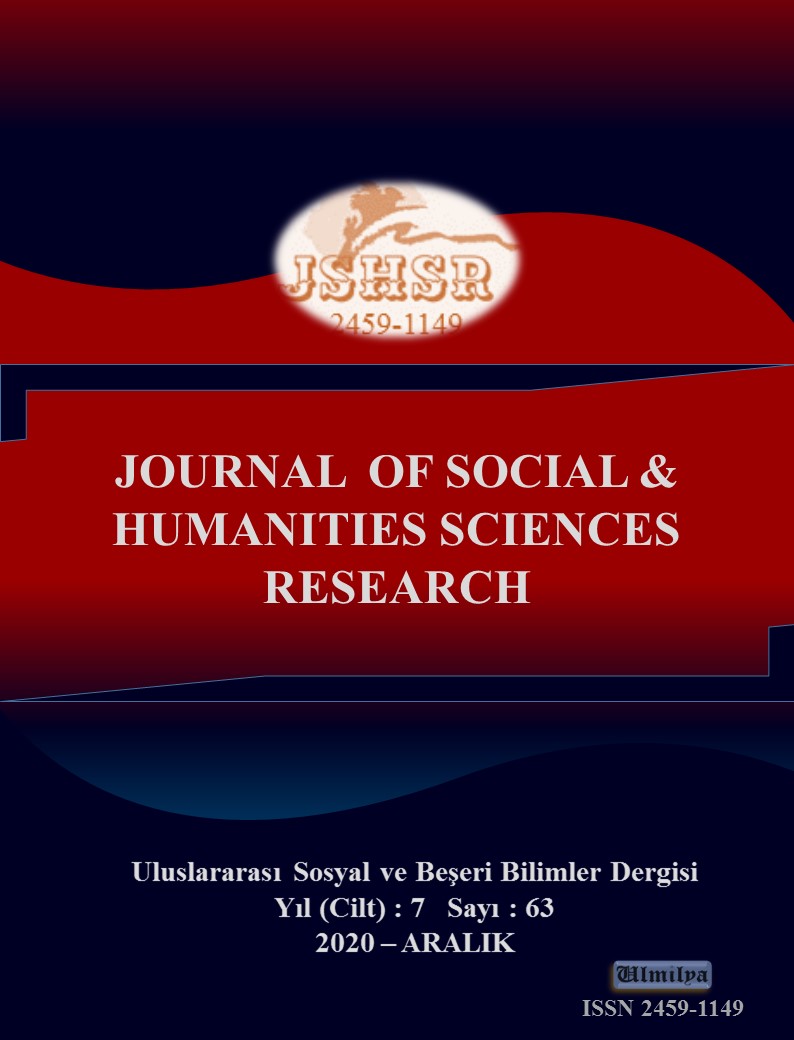HISTORICAL CITIES AND CITY CENTERS IN TERMS OF LANDSCAPE ARCHITECTURE
DOI:
https://doi.org/10.26450/jshsr.2190Keywords:
Urban identity, cultural landscapes, traditional settlement textureAbstract
Apart from the physical environment of a city, its social, cultural, economic and political components also add qualities of different dimensions to the urban identity. Each component has its own unique visual character and identity, and these components, which contribute to the formation of the city, affect the urban environments in the historical process and give the city an identity. The natural and cultural values that cities have accumulated from the past to the present are effective on identity. In this sense, the most important component that adds identity and temporal dimension to the living spaces of cities in the historical environment. However, historical cities and urban centers face the danger of extinction today due to rapid population growth. By combining ecological-based urban design approaches with today's technology, it is possible to protect historical city centers. Within the scope of the research, historical cities and urban centers in terms of landscape architecture; cultural properties, streets, squares, open and green areas, and reinforcement elements were examined and suggestions were developed.
Downloads
Published
How to Cite
Issue
Section
License
Copyright (c) 2020 INTERNATIONAL JOURNAL OF SOCIAL HUMANITIES SCIENCES RESEARCH

This work is licensed under a Creative Commons Attribution 4.0 International License.


